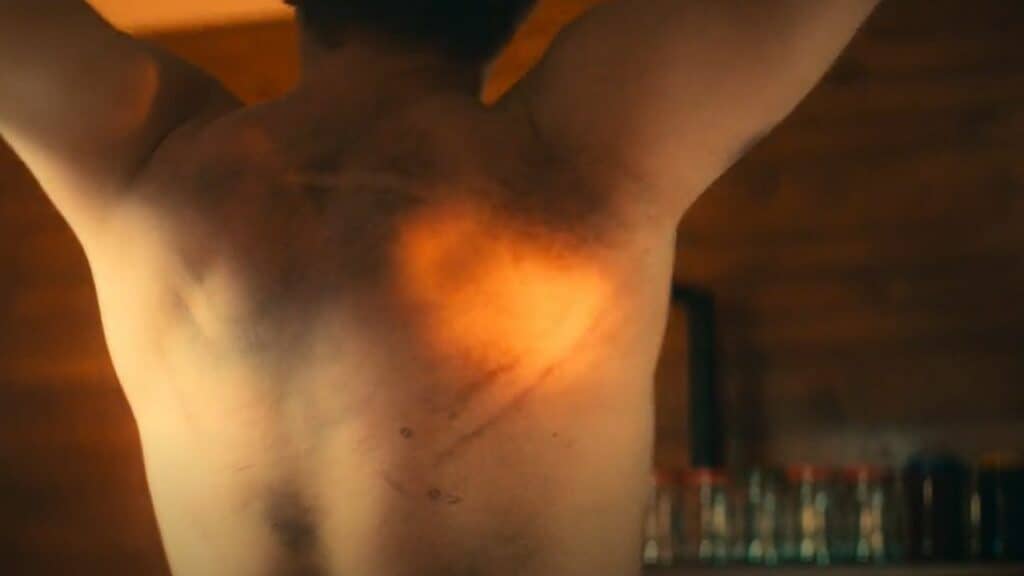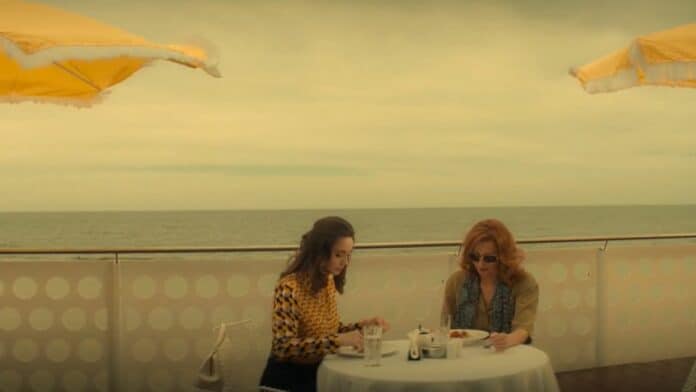‘Glitter’ is a series based on three women who want to make their own choices in life. The series is now streaming on Netflix.
The series follows Helena, Pola, and Marysia living in Poland in the year 1976. Helena is a sex worker who works for Security Services and has earned the right to choose her own clients over the years.
Pola, who does not like the job of a sex worker, wants to run her own business. Marysia, a college student, is in a complicated relationship with Jurek. She chooses to be a sex worker in order to earn enough money.
The series tried to stay loyal to the era in which the story is set. At one point, the viewers question whether the story is real due to the accurate depiction of the socio-political environment of Poland.
The tone is set not by overtly showing what is going on in the country but by sneaking the information to the viewers through means like the news on the radio.
When the characters are lost in their own thoughts, the radio informs the viewers about the greater reality that is not seen on screen.
Polish People’s Republic in 1976
In 1976, the Republic of Poland that we know today was Polish People’s Republic, a country in the Eastern Bloc during the Cold War, led by a communist government.
When Thomas and Helena go to the beach, Helena tells him that the government has increased the prices of commodities by almost 100%. The then Prime Minister of the country, Piotr Jaroszewicz, had indeed increased the prices of many basic commodities in June 1976.
From June 27, the price of sugar was to go up by 100%. Helena refers to this in the show when she tells Thomas that people are queuing up to buy as much of it as possible.
The series also mentions the violent demonstrations in Radom to oppose the government’s decision; Sławek shows the scars that he received during the protest, and he was one of the lucky ones to be alive.

Bogdan and Sławek collect funds to support the workers. It is known that it was the workers who were leading the protests in various cities in 1976.
In Polish People’s Republic, western goods were sold at very high prices. This is also implied in the series when Sławek judges Helena’s class by the western dresses that she wears; Helena can only afford these clothes because she is rich.
The crisis that the country was facing included a shortage of various kinds of goods. In ‘Glitter’ the viewers can see how hard it is to acquire vodka, and how people resorted to making liquor at their homes.
Additionally, Władek’s wife tells Pola that the system is about to collapse as the government is losing control. This was true because after the widespread protests, the Prime Minister was dismissed and the prices were not increased.
Through Bogdan and Sławek’s relationship, the series portrays the attitude of the general public towards homosexuality. The people who were captivated by Bogdan started treating him like a pariah within minutes of him confessing his love to Sławek.
While homosexual relationships were not penalized in Poland in 1976, they were considered scandalous, regarded with suspicion, and not accepted by society.
These events that take place in the background of the story of Helena, Pola, and Marysia were real. However, the lives of these three women in the series are not based on a true story.
Although their story is fictional, it draws inspiration from reality. There were women who made a conscious choice to be sex workers during the time of economic crisis. The show claims that this could have been the story of a few of them.

